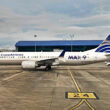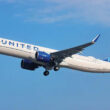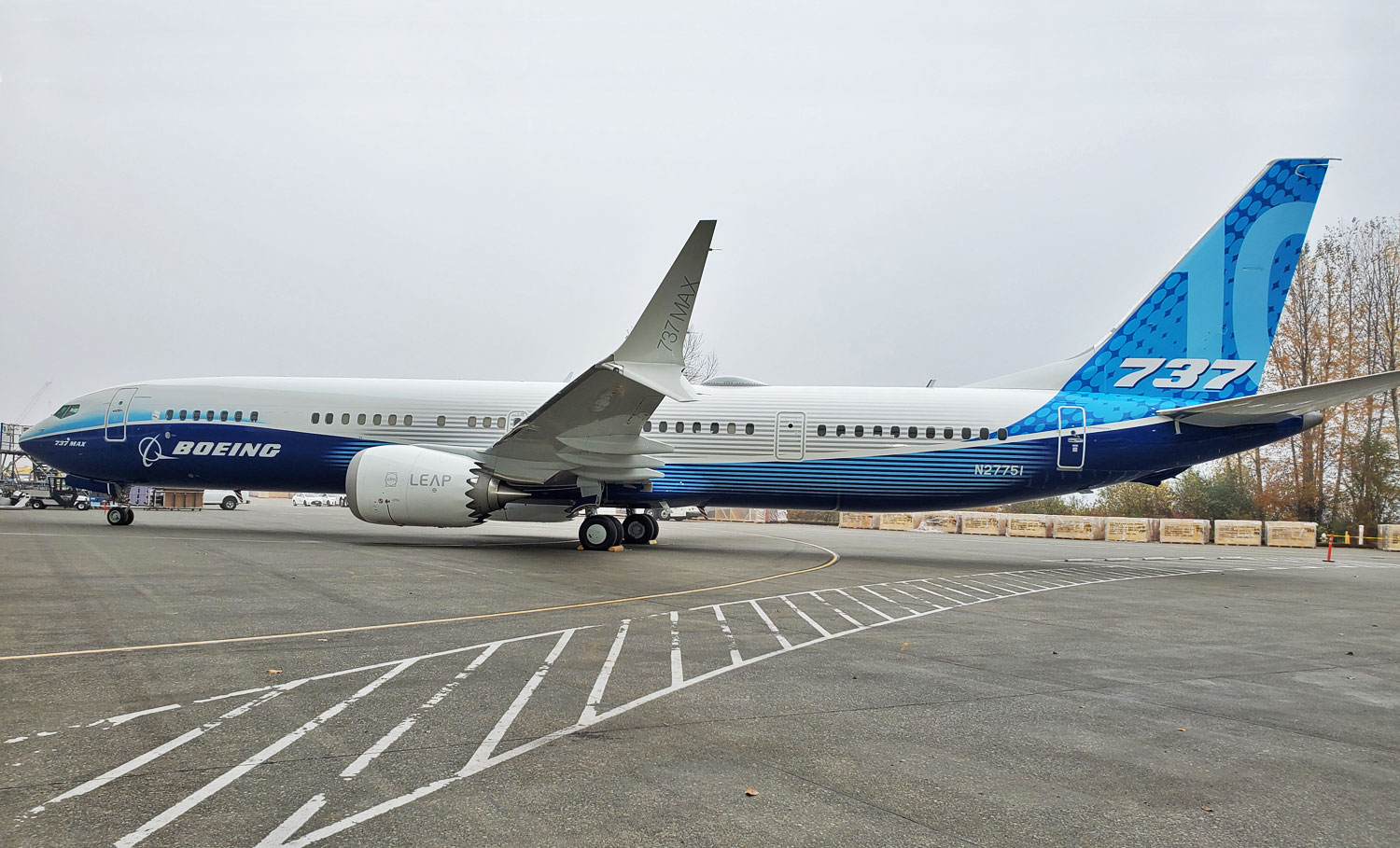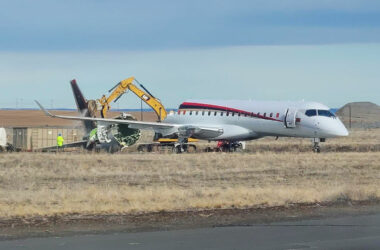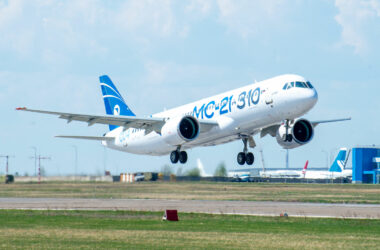While Boeing deals with its ongoing problems with the 737 MAX family, Chinese manufacturer COMAC is starting to make bolder plans with the C919, a jetliner developed entirely in China.
The aircraft, which has been in commercial service for just eight months, has had slow development, but has gradually shown that it can be an alternative to Western jets.
There are currently four C919s in service, all with China Eastern Airlines, which has another jet from its first order about to be delivered. In 2024, however, COMAC will begin deliveries of a second and much larger batch, with 100 aircraft.
Not surprisingly, the Chinese planemaker is already moving to expand the production capacity of its assembly line in Shanghai.
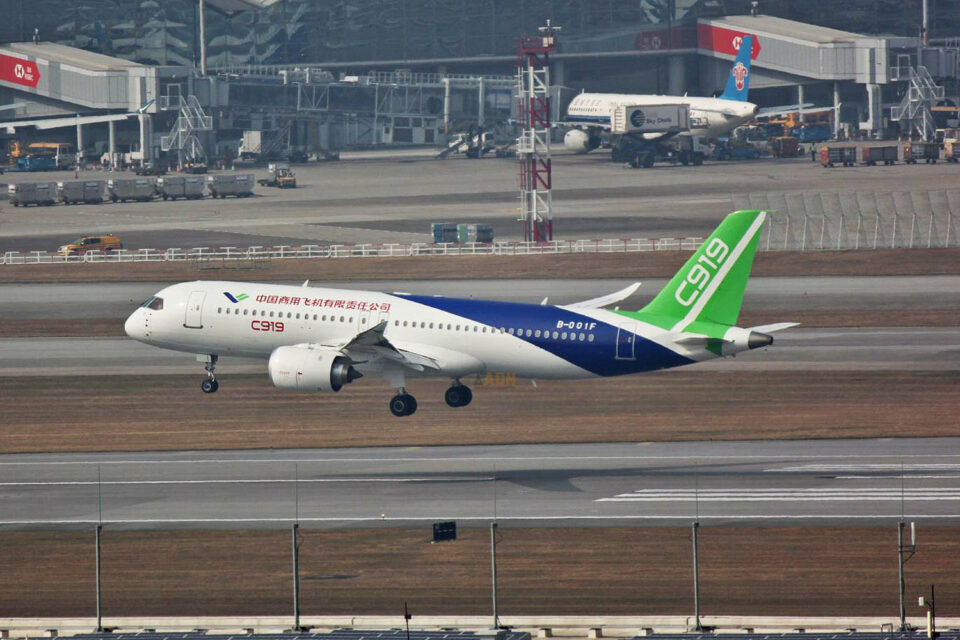
Last week, COMAC’s deputy general manager, Zhang Yujin, told Chinese outlet The Paper that the company will invest tens of billions of yuan over the next three to five years in order to prepare to meet demand.
In addition to China Eastern, Air China also placed a firm order for six C919s, but there are more than 1000 commitments to purchase the aircraft, the absolute majority from Chinese companies.
Production of the C919, however, even if it grows, is expected to be far from the levels of Boeing and especially Airbus, which plans to complete 75 A320neo family aircraft per month within a few years.
Even so, it is estimated that the C919 could capture a 3% share of the narrow-body aircraft market.
Debut at international air show
The C919 still has yet to explore foreign markets, but that appears to be on the way. According to Bloomberg, the Chinese jetliner is expected to participate in the Singapore Airshow in February, marking its debut at events outside of China.
Follow Air Data News: WhatsApp | Google News | Instagram | LinkedIn | Twitter | Facebook

It is a first step, but it suggests that COMAC may soon seek type certifications in other countries in order to obtain orders from foreign customers.
In the midst of this, the state-owned company is already developing two other variants of the C919, one with capacity for 210 passengers, and another smaller one, for operation at high altitude.


